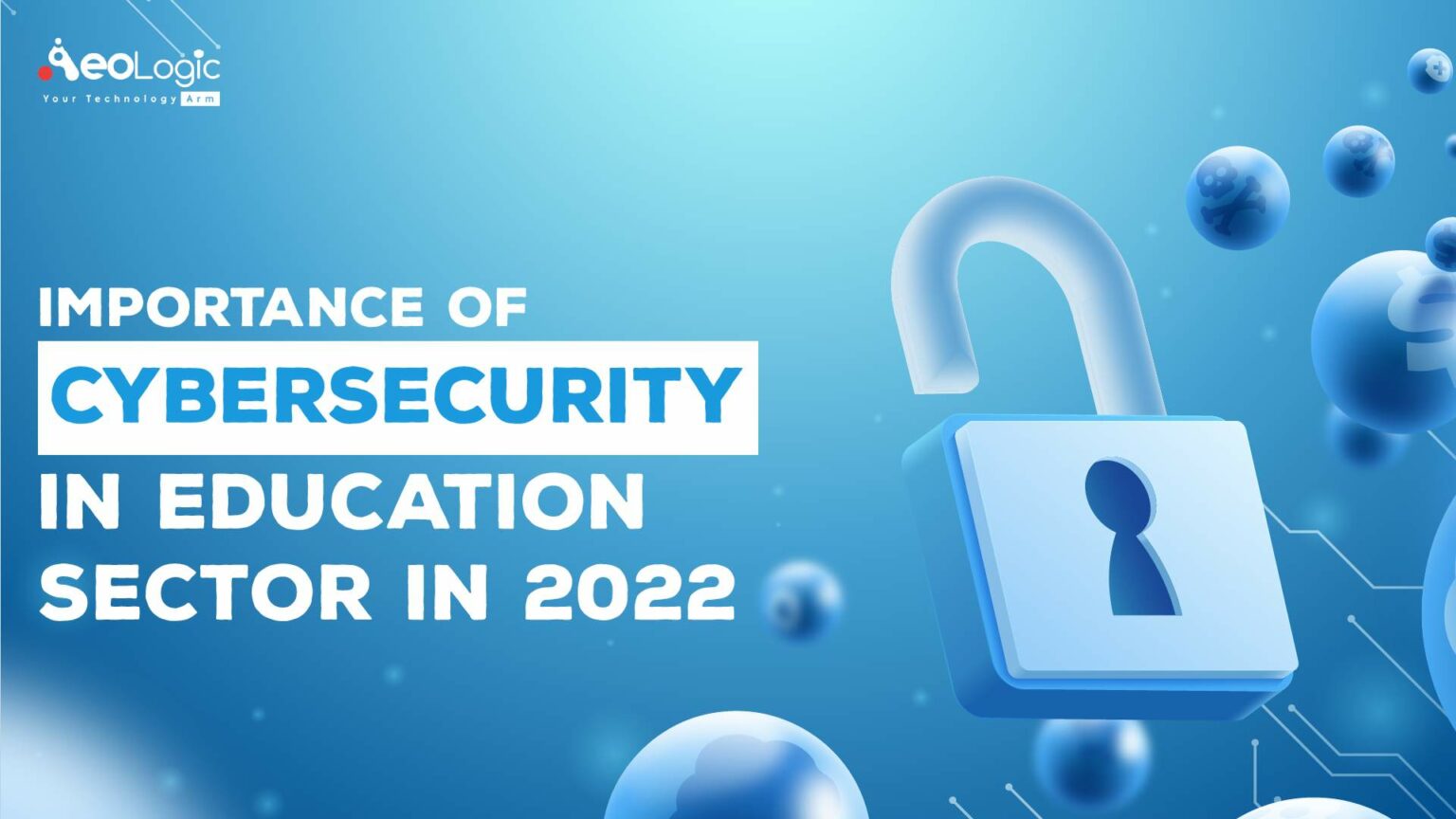The Importance of Cybersecurity in Educational Technology: A Growing Concern

Introduction
Hey there, tech enthusiasts! As we dive deeper into the digital age, it’s no secret that technology has become an integral part of our lives, especially in the education sector. With the rise of educational technology (ed-tech), students, teachers, and administrators are now more connected than ever. However, this increased connectivity also brings with it a slew of cybersecurity threats that can compromise sensitive information and disrupt learning environments. In this article, we’ll explore The Importance of Cybersecurity in Educational Technology and why it’s essential for schools and educational institutions to prioritize online safety.
The Rise of Ed-Tech: A Blessing and a Curse
Ed-tech has revolutionized the way we learn, making it more accessible, interactive, and fun. Online platforms, learning management systems, and digital tools have enabled students to access a wealth of information, collaborate with peers, and engage with educators in new and innovative ways. However, this increased reliance on technology has also created new vulnerabilities that can be exploited by malicious actors. The Importance of Cybersecurity in Educational Technology cannot be overstated, as schools and institutions must now navigate a complex landscape of cybersecurity threats to protect sensitive data and prevent disruptions to learning.
Cybersecurity Threats in Ed-Tech: A Growing Concern
So, what are some of the most common cybersecurity threats in ed-tech? Here are a few:
- Phishing attacks: Scammers may send fake emails or messages that appear to come from a legitimate source, attempting to trick students or staff into revealing sensitive information, such as login credentials or financial data.
- Ransomware attacks: Malicious actors may encrypt sensitive data and demand payment in exchange for the decryption key, causing disruptions to learning and revenue loss for institutions.
- Data breaches: Unauthorized access to sensitive information, such as student records, can result in identity theft, financial loss, and reputational damage for institutions.
- Denial of Service (DoS) attacks: Overwhelming traffic to online platforms can cause downtime, disruptions, and lost productivity.
The Consequences of a Cybersecurity Breach in Ed-Tech
The consequences of a cybersecurity breach in ed-tech can be severe, ranging from financial loss to reputational damage. Here are a few examples:
- Financial loss: Cybersecurity breaches can result in significant financial losses, including costs associated with recovery, compensation, and reputational repair.
- Reputational damage: Institutions that suffer a cybersecurity breach may experience reputational damage, leading to decreased enrollment, financial loss, and a loss of public trust.
- Disruptions to learning: Cybersecurity breaches can cause disruptions to learning, including downtime, lost productivity, and decreased student engagement.
The Role of Educators in Cybersecurity
So, what can educators do to help mitigate cybersecurity threats in ed-tech? Here are a few strategies:
- Use strong passwords: Encourage students and staff to use strong, unique passwords, and consider implementing two-factor authentication.
- Be cautious with emails: Educate students and staff on how to identify phishing emails, and encourage caution when opening attachments or clicking on links.
- Use reputable sources: Ensure that online platforms and tools are reputable and trustworthy, and consider implementing a vetting process for new tools and platforms.
Cybersecurity Measures for Institutions
Institutions can also implement a range of cybersecurity measures to protect sensitive data and prevent disruptions to learning. Here are a few:
- Implement a cybersecurity policy: Develop a comprehensive cybersecurity policy that outlines measures for protecting sensitive data, responding to incidents, and ensuring compliance with relevant regulations.
- Use antivirus software: Install antivirus software on all devices, including desktops, laptops, and mobile devices.
- Conduct regular backups: Conduct regular backups of sensitive data, and ensure that backups are stored securely, both on-site and off-site.
The Importance of Cybersecurity in Educational Technology: A Call to Action
As we conclude this article, The Importance of Cybersecurity in Educational Technology cannot be overstated. Institutions and educators must prioritize online safety, implement robust cybersecurity measures, and educate students and staff on best practices for cybersecurity. By working together, we can ensure a safe, secure, and effective learning environment for all.
Conclusion
In conclusion, The Importance of Cybersecurity in Educational Technology is a growing concern that requires immediate attention. As technology continues to play a vital role in education, it’s essential that we prioritize online safety and implement robust cybersecurity measures to protect sensitive data and prevent disruptions to learning. By understanding the risks and taking proactive steps to mitigate them, we can ensure a bright future for educational technology.
Cybersecurity in Ed-Tech: A Long-Term Commitment
The Importance of Cybersecurity in Educational Technology is not a one-time task, but a long-term commitment to ensuring the safety and security of our digital learning environments. Institutions and educators must remain vigilant, stay informed, and continue to adapt to emerging threats in the ever-changing cybersecurity landscape.
The Future of Ed-Tech: A Cybersecurity-First Approach
As we look to the future of ed-tech, it’s clear that a cybersecurity-first approach is essential for ensuring the long-term health and sustainability of our digital learning environments. By prioritizing online safety and implementing robust cybersecurity measures, we can create a secure, effective, and efficient learning environment that benefits students, educators, and institutions alike.